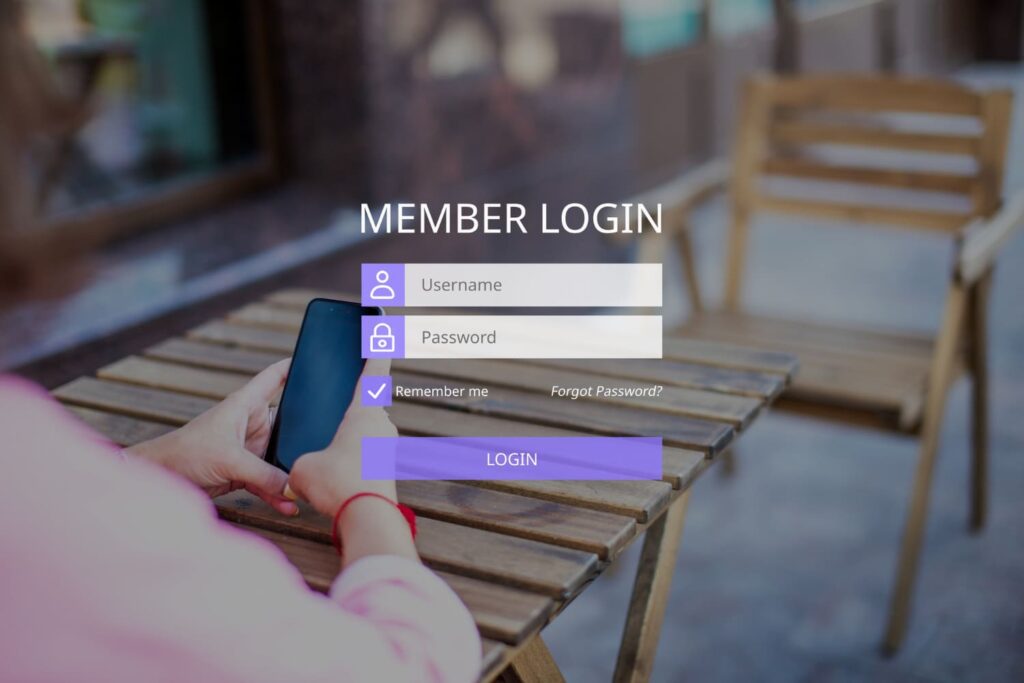Imagine the convenience of accessing multiple login sets using a single credential—that is what Single Sign-On (SSO) is about. This technology, employed by organizations of all sizes, helps minimize the hassle of multiple login attempts to access their services.
This article will cover everything essential about SSO, including how it works, its advantages, and how organizations implement this into their access management. Ready to learn more? Read on!
What is Single Sign-On (SSO)?

Single Sign-On, or SSO, is an authentication method used by individuals and organizations worldwide that lets users use a single login credential set to access multiple websites and applications.
Using the login credential, usually a username and password, they won’t need to verify their identity by entering the same credentials repeatedly to access SaaS services.
In organizations, SSO is typically managed by the IT teams, who are responsible for ensuring authorized employees get access to their resources using one login credential.
How Does SSO Work?

When a user logs in to an application or website (the service provider) using SSO, the identity provider (IdP) will check if you’ve already logged in somewhere else using the same credential.
The trust relationship between the user and the IdP is usually based on the exchanged certificate. However, in SSO, the identity data comes in the form of tokens containing the user’s information, often a username or an email address.
Here’s how the break-down of the login attempt look like:
- A user logs in to a service provider.
- The service provider forwards the users’ information tokens to the IdP for authentication.
- The IdP verifies whether the user has logged in before, and if they have, they can skip step 4.
- The IdP will prompt users who haven’t logged in yet to enter their credentials, such as a username, password, or even a One-Time Password (OTP).
- After the IdP authenticates the entered credentials, the token will be returned to the service provider via the user’s browser.
- The service provider checks the token it gets based on a pre-set trust relationship with the IdP.
- The user can finally access the service provider.
What are the Advantages of SSO?

Besides its simplicity, SSO also possesses several advantages for the user, including:
Strong Password
Since users only need one password to log in to multiple accounts, they typically implement stronger passwords. This effort also minimizes the risk of a successful brute-force attack.
No Repeated Passwords
SSO greatly helps users in terms of minimizing password fatigue or the overwhelming feeling of maintaining multiple passwords for different accounts. On top of that, when someone needs to enter the same login credentials repeatedly across platforms, they compromise their security.
Using SSO, they only need one single login attempt, eliminating the above risks.
Multi-Factor Authentication (MFA)
An MFA requires users to provide more than one identity factor to log into their accounts. Typically, this attempt is in the form of a code sent to the users’ phone or email that they need to enter into the web browser or application. SSO allows users to activate MFA across accounts, making it convenient.
Better Password Policy Enforcement
SSO helps reduce the IT team’s work in managing password security rules. For instance, with SSO, users don’t need to reset all their accounts individually—a single attempt is enough.
Single Point for Enforcing Password Re-entry
With SSO, administrators can ensure that users periodically re-enter their credentials to stay active on their devices. SSO provides a central way to enforce this across all internal apps, avoiding the hassle of managing it separately for each app.
How is SSO Implemented?

SSO is implemented using a centralized authentication server that all participating applications trust. However, the implementation across organizations might be different. Thus, you need to set clear goals for your implementation.
Usually, you need to consider these factors before implementing an SSO solution:
- User types and requirements
- Deployment options (cloud-based or on-premises solution)
- Scalability and adaptability
- Security features
- Integration requirements with active directory
- API access
Frequently Asked Questions
What is the difference between single sign-on and SAML?
SSO is an authentication method that allows multiple logins for one user using a single set of credentials, while SAML is a protocol that enables SSO by securely verifying users’ credentials and sharing identity data between applications.
Is Single Sign-On a security risk?
SSO can be a security risk when implemented inappropriately. However, research opposed the statement with several arguments, such as easy administration and restriction.
Which is better, SSO or MFA?
MFA is better for enhancing security by requiring users to provide multiple forms of verification, while SSO simplifies user access by letting them log in once for multiple applications. Choose based on your organization’s priorities!
Conclusion
Single Sign-On (SSO) is a considerably important security and management effort for individuals or organizations looking to have convenience in accessing resources. With SSO, the need to do multiple login attempts is eliminated.
Are you interested in learning how this technology can impact your company? Contact Fluxgate now for further professional assistance!
